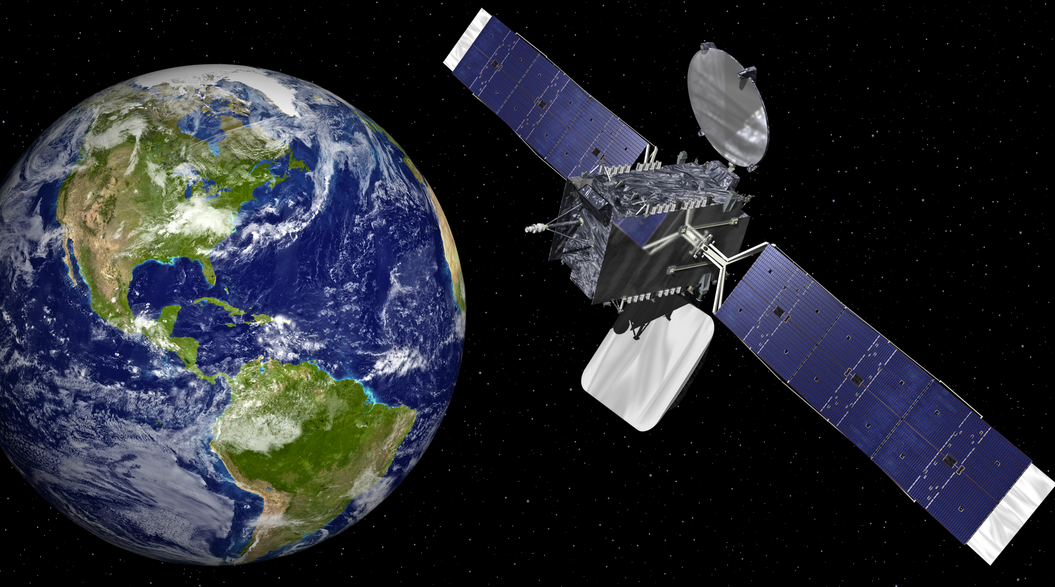
The Bicentenario Satellite, part of the overall Mexsat system. Photo: Orbital Sciences
[SatNews] The launch originally scheduled for April 29, of a Proton launch vehicle with the Centenario satellite was postponed in order to investigate an anomalous condition discovered on another spacecraft and to re-confirm the flight worthiness of the Centenario satellite.
The vehicle and satellite remain in a safe configuration at the launch site. Boeing decided to postpone the launch due to a technical failure in a satellite which is similar to the Mexican aircraft.
The satellite was built by Boeing Satellite Systems International for the Mexican government’s Ministry of Communications and Transportation, the Secretaria de Comunicaciones y Transportes (SCT).
The Centenario satellite will be launched from Baikonur, Kazakhstan, by International Launch Services. The Proton M launch vehicle, utilizing a 5-burn Breeze M mission design, will lift off from Pad 39 from the Baikonur Cosmodrome in Kazakhstan, with the Centenario satellite on board.
The first three stages of the Proton utilize a standard ascent profile to place the orbital unit (Breeze M upper stage and the Centenario satellite) into a sub-orbital trajectory. From this point in the mission, the Breeze M will perform planned mission maneuvers to advance the orbital unit first to a circular parking orbit, then to an intermediate orbit, followed by a transfer orbit, and finally to a geosynchronous transfer orbit. Separation of the Centenario satellite will occur approximately 9 hours, 13 minutes after liftoff.
Mexico also expects to launch the Morelos 3 satellite, possibly in October 2015 from Cape Canaveral, in Florida, according to a previous report. These two new satellites will complete the three-satellite system Mexsat, which already consists of the Bicentenario satellite, launched in 2012 and providing internet services to 5,000 public locations via the Mexico Connected program. These two new satellites will be used for mobile communications.
.

